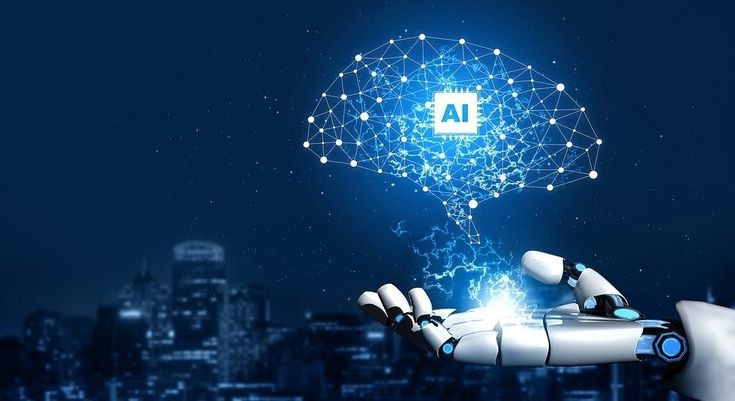Best Affordable Skincare Routine in 2025 – Is the Gabit Gamechangers Kit Worth It?
Starting a skincare routine can be confusing, especially with so many products in the market. But if you’re looking for a simple, dermatologist-approved routine that gives fast results without spending too much, the Gabit Skincare Gamechangers Kit is a perfect choice for both beginners and skincare lovers.
💡 What Makes This Kit Different?
Instead of buying 4–5 separate products, Gabit gives you a complete skincare pack including cleansing, treatment, moisturizing and sun protection. All products are gentle, alcohol-free, paraben-free and suitable for all skin types.
🧴 Products You Get Inside the Kit
- Face Wash: Niacinamide + Hyaluronic Acid for oil control and hydration.
- Serum: 8% Vitamin C + Arbutin for glowing skin and pigmentation removal.
- Moisturizer: Ceramide + Hyaluronic Acid to repair skin barrier.
- Sunscreen: 100% Mineral SPF to protect from UV damage and tanning.
🌟 Skin Benefits You’ll Notice
- ✔ Brighter skin with reduced dark spots
- ✔ Hydrated and plump skin all day
- ✔ No more dullness or tired-looking skin
- ✔ Lightweight formulas perfect for Indian weather
- ✔ Helps with acne marks and uneven skin tone
🧠 Science Behind the Ingredients
Niacinamide reduces redness and excess oil. Vitamin C fights dullness and improves collagen. Arbutin fades pigmentation. Ceramides repair damaged skin barrier. Hyaluronic Acid keeps your skin hydrated for hours. This combination makes the routine safe, effective and suitable for sensitive skin too.
⏳ How Long Does It Take to See Results?
You’ll see smoother, softer skin within 7–10 days. For pigmentation and acne marks, it takes around 3–4 weeks of regular use. Consistency is the key!
💰 Is It Budget-Friendly?
Yes! Instead of buying multiple expensive products separately, this kit gives you everything in one box at an affordable price — making it the best budget skincare routine for students and working professionals.
🛒 Where to Buy?
👉 Buy Gabit Skincare Gamechangers Kit on Amazon
✔ Final Thoughts
If you're tired of trying random skincare products and want a clean, effective routine that actually works, the Gabit Skincare Kit is definitely worth trying. It’s simple, affordable and gives visible results—perfect for beginners and skincare lovers in 2025.


.jpeg)
.jpeg)
.jpeg)
